Ghee can be compared a lotus flower, with each gorgeous flower petal revealing a new and surprising healing benefit.
The lotus flower is a powerful symbol of purity and enlightenment. The golden yellow-colored ghee is also a powerful symbol of purity and spirituality.
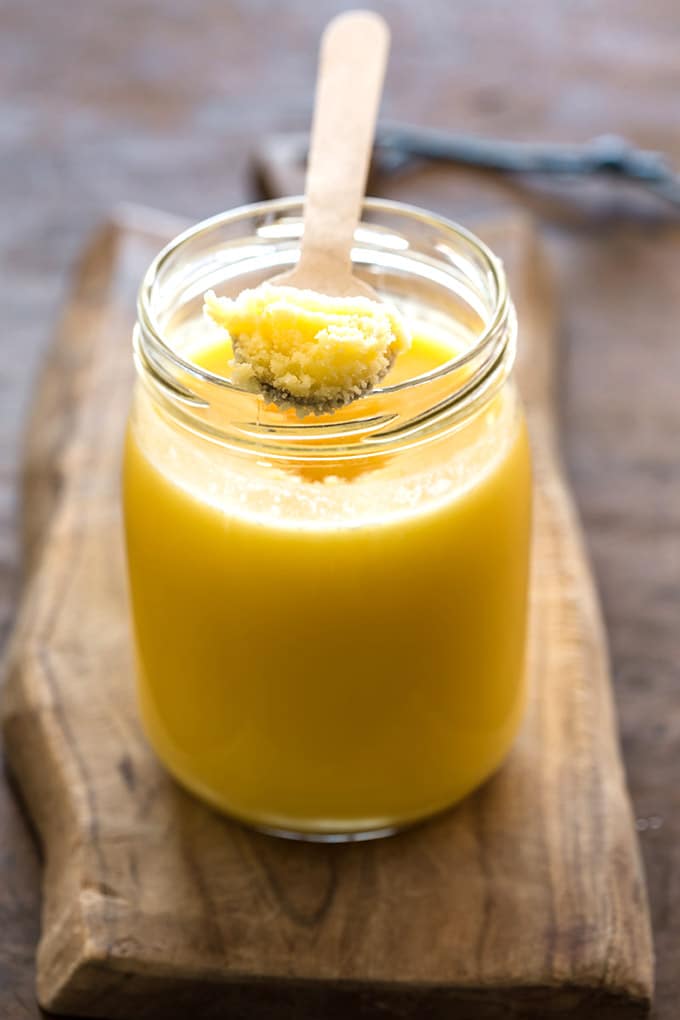
My most visceral experience of the sacredness of ghee happened while visiting thousand year-old temples in South India.
Giant stone slabs served as the ground in these cavernous holy sites, and massive stone columns held up the roofs. The entirety of the stone building was literally soaked in ghee, layered from thousands of years of use.
Ghee is used by Hindus to fuel candle light for prayer and rituals, and these candles were all around me. It is said that the light from ghee is more beautiful and brilliant than any other light. The heady smell of ghee overwhelms, compelling all to believe in it.
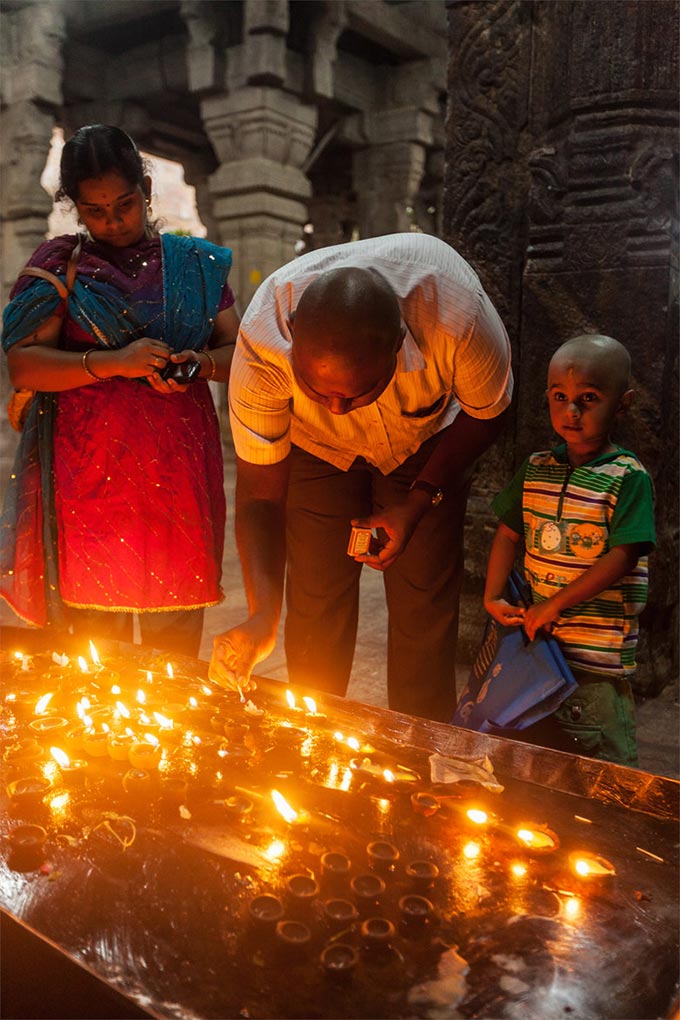
I also experienced ghee in India as the main ingredient in many Indian sweets.
In the bustling and colorful country, sweets made of ghee capture one’s attention with their surprising depth of flavor. Ghee is a sublime carrier of cultural tradition.
In India’s ancient system of healing, known as Ayurveda, the special healing benefits of ghee are known to help purify the body, promote longevity, and maintain digestive health. It is among the gentlest of medicines.
It heals wounds and rashes, draws out toxins from the body, strengthens the effect of herbal medicines, and soothes the young and aging. It is also a beauty product, used to nourish the skin, and for massage.
Perhaps the most significant of ghee’s medicinal healing benefits, which has been confirmed by Western scientists, is its concentration of the short-chain fatty acid known as butyric acid.
Ghee, a golden butter fat, is perfect food for the microbiology that lives in our gut.Click To TweetButyric acid, also known as butyrate, happens to be the preferred food for the microbiology that lives in the human intestinal tract. Butyrate is what the colon cells use as energy to maintain the health and integrity of the intestinal walls.
We have trillions of microbes living in our gut, and there are many scientists today who are studying the connections between the health of our microbiome and human health.
It turns out that healthy microbes are critically important. And we didn’t even know of their existence until recently.
What other secrets does ghee hold in store for us? Read the 10 Healing Benefits below. You may be surprised by all the healing benefits of ghee.
10 Healing Benefits Of Ghee
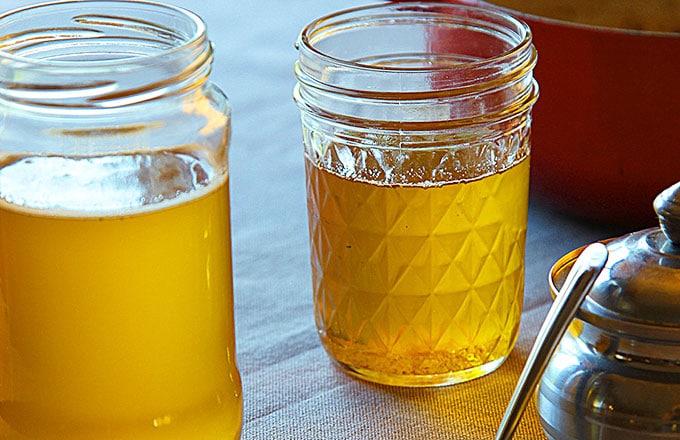
1. Ghee For Panchakarma
In Ayurveda’s signature cleansing therapy, panchakarma, ghee is used as a tool to draw out toxins from the body’s internal organs and prepare them for elimination. Increasing quantities of ghee are consumed over the course of a few days, both to draw out fat soluble toxins from the cells, and to coat and protect the organs before a more intensive elimination therapy is applied.
2. Ghee For Longevity
Ghee is said to promote longevity. This is also from Ayurveda. The qualities of aging are light, dry, and rough. The qualities of ghee are heavy, slow, oily, liquid, dense, and soft. The two are opposites, so consumption of ghee counteracts the affects of aging.
3. Ghee For Wounds
According to Malakoff and Zucolella, ghee is antiseptic, and can be applied externally to heal wounds. In ancient India, it was said that wells were filled with ghee near where surgeons worked, to help in the healing of wounds.
Ghee can be used to pacify bedsores, bruises, burns, rashes, and even ulcers in the intestinal tract.
4. Ghee As An Anti-Inflammatory
Butyrate, an essential short-chain fatty acid present in large quantities in ghee, helps to reduce inflammation in the body. Inflammation has been linked to many chronic diseases, such as Alzheimer’s, arthritis, and allergies.
5. Ghee As A Carrier For Herbal Medicines
Ghee can act as a carrier for medicinal herbs because of its penetrating qualities and ability to carry the herbs deep into the body’s tissues. This refers to both a physical and a subtle affect.
6. Ghee For Skin
Ghee is a nourishing and protecting moisturizer on the skin. It is suppose to be one of the best oils to use for a form of self massage called Abhyanga in the ancient Indian language of Sanskrit. Because it is used on the skin, the ghee bypasses the digestive system, allowing it to penetrate the deeper tissues directly.
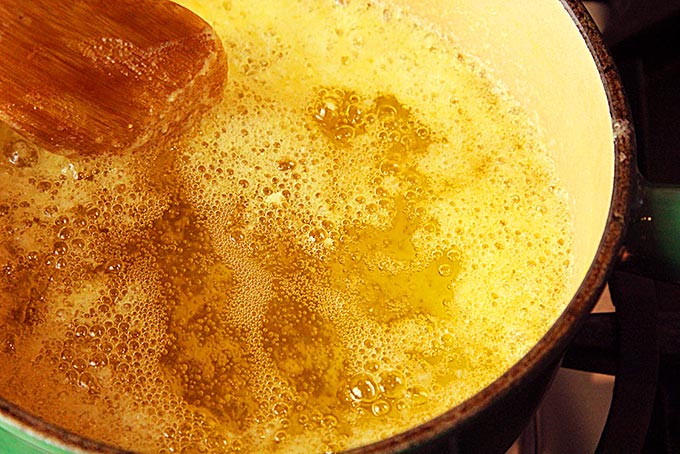
7. Ghee For Soothing
Indian mothers are known to massage their children with ghee. In some families, batches of medicinal ghee will be passed down through generations for this purpose. Aged ghee is considered particularly special for emotional purposes.
Ghee can be rubbed on the body of the ill or aged to sooth when the person is agitated or unable to sleep.
Ghee is known to nourish the brain and nervous system. It is beneficial for mental and emotional imbalances, as well as a depleted nervous system.
8. Ghee As A Gentle Laxative
Two spoonfuls of ghee in warm milk before bedtime is soothing to the nerves and lubricates the intestines, facilitating a bowel movement in the morning.
9. Ghee For Cooking
Ghee is a cooking oil for all occasions, and cooking with it is like using a whole foods preventative supplement. Ghee is a healthy fat for most people, with the exception of people who are obese, or have excessive toxic buildup in their bodies.
Ghee can be consumed even by people with dairy lactose intolerance, because all of the milk solids are removed in the process of making ghee.
Ghee has a high smoke point—around 480 degrees Fahrenheit—so you can sauté or deep-fry without worrying about creating cell-damaging free radicals.
Ghee is an oil that you don’t have to worry about spoiling. Like coconut oil, it is solid at room temperature. It does not spoil easily, even after months in the cupboard, as long as you take care not to introduce moisture into the jar.
10. Ghee For Nutrients
Ghee is a healthy saturated fat. Aside from being one of the highest sources of butyric acid, ghee also contains a full spectrum of short, medium, and long chain fatty acids, essential Omega-3 fatty acids, Omega-9 fatty acids, vitamins A, D, E, and K, at least nine antioxidants, and other minerals.
To learn where you can purchase the best quality ghee, check my post, “How to Identify Quality Ghee, and Ghee Buying Tips,” or check out my Amazon recommendations below.
If you liked this post, please share it with your friends on social media, or leave a comment below.
For more Buttered Veg lifestyle content, follow me on Pinterest, Facebook, Instagram, and Twitter.
[thrive_leads id='1356']
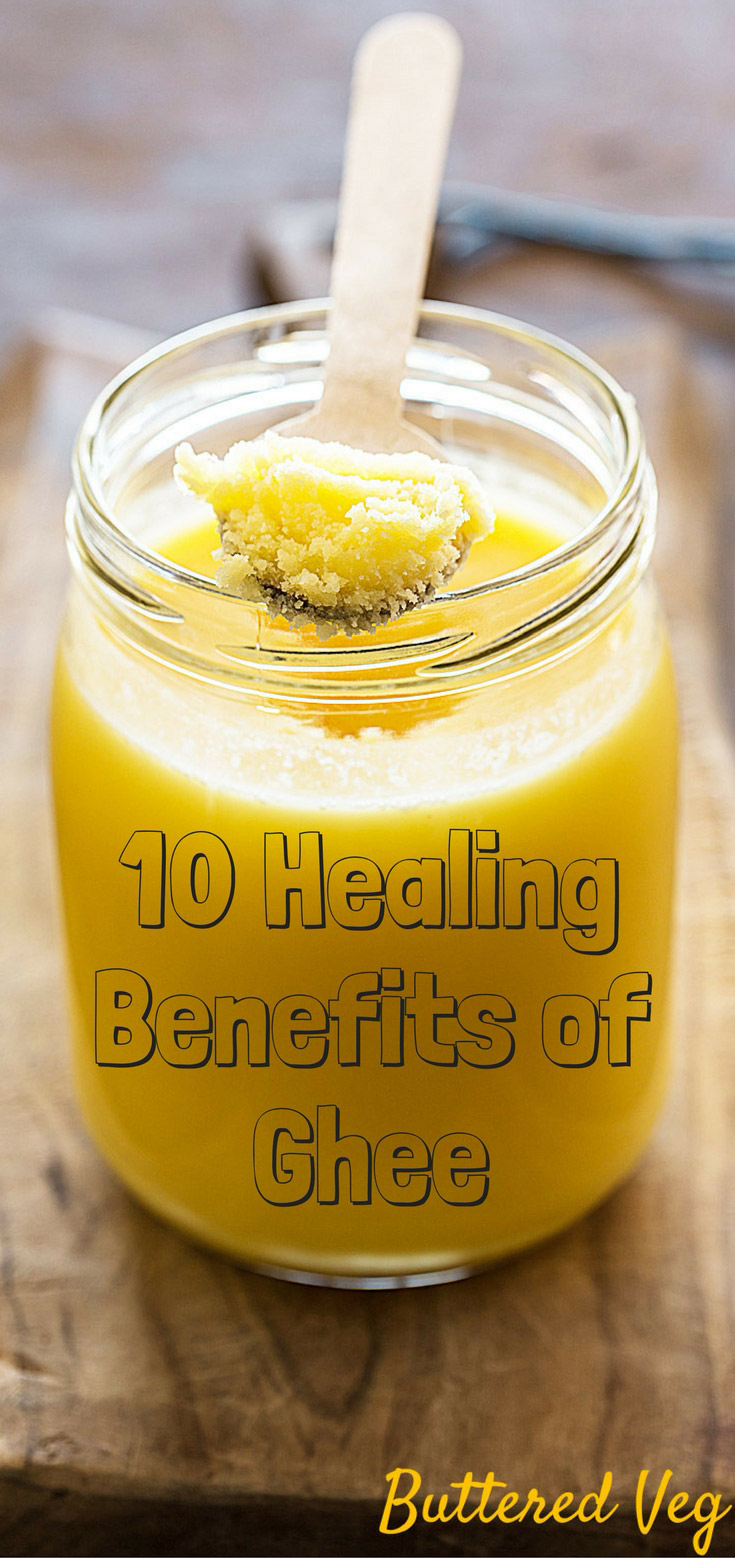

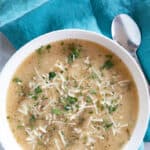
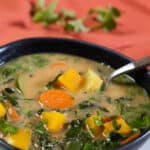
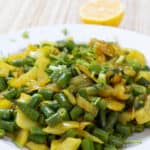
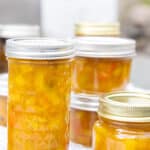
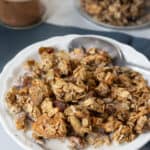
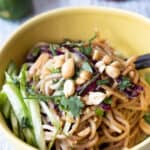

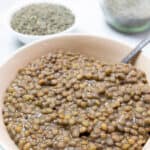
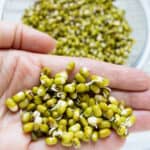
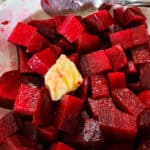


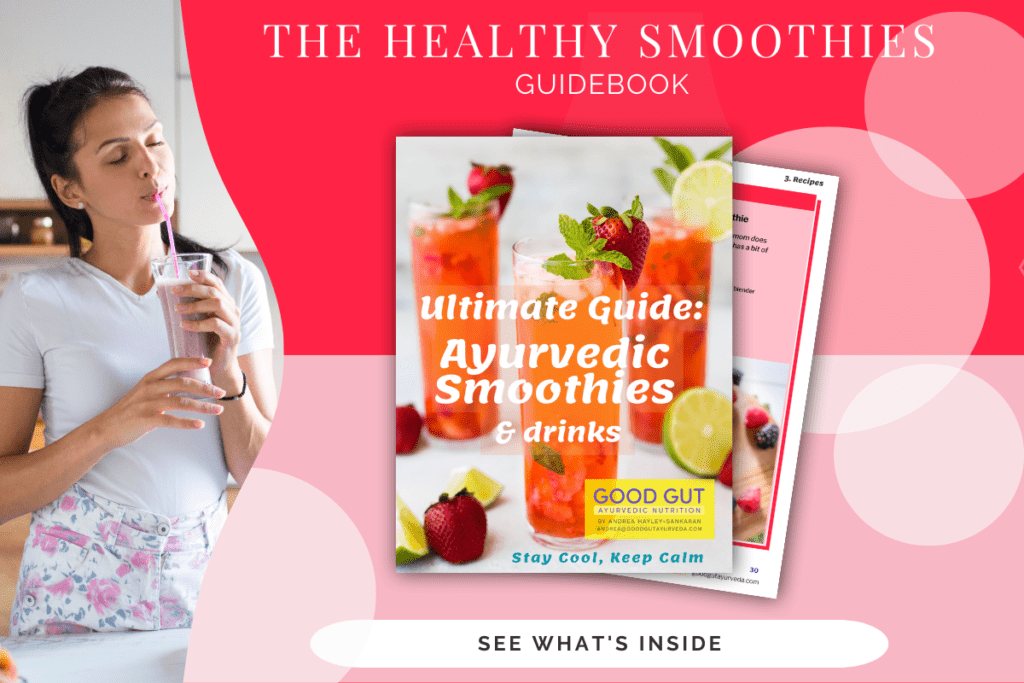
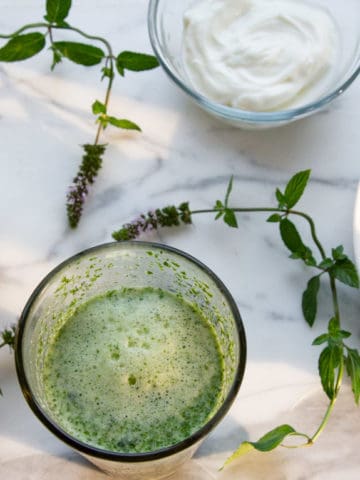
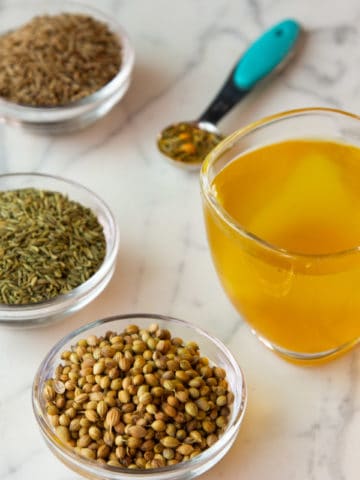
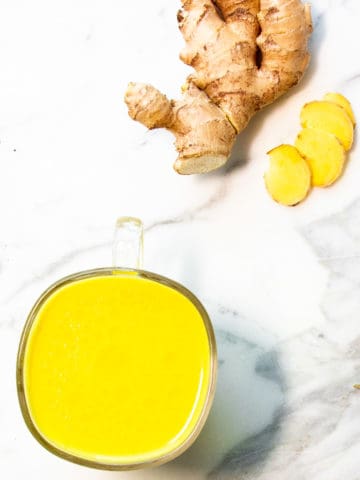
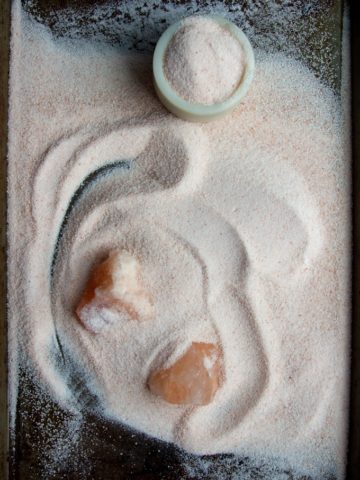
Leave a Reply